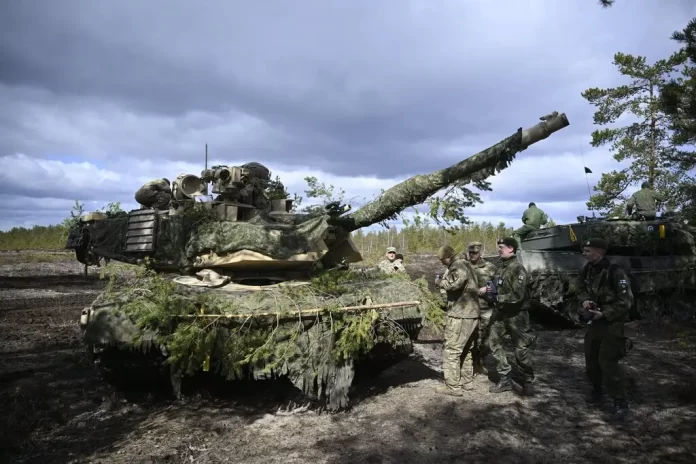On 25 September, Ukraine received the first batch of US M1A1 Abrams tanks, and Volodymyr Zelensky stated that the vehicles “are already in Ukraine and are being prepared to reinforce our brigades,” according to Military Watch Magazine.
The Ukrainian army is expected to deploy 31 tanks. Unlike the United Kingdom, Germany, Poland and other European countries, which contributed equipment from their own stocks, the United States provided only modernised Abrams tanks built to the Cold War-era M1A1 standard.
Deliveries were delayed by forced modifications for Ukrainian use. The Abrams tanks arrived after significant losses of German Leopard 1, Leopard 2 and British Challenger 2 in Ukrainian service.
It is noted that the defence performance of the US tanks is noticeably lower than that of the Challenger 2, which first suffered losses in combat in September.
Kirill Budanov, head of the Ukrainian Army’s Main Intelligence Directorate, warned a week before receiving the deliveries that the Abrams tanks would not last long in combat if used anywhere other than special operations.
He further noted that the utility of tanks may be limited due to the enemy’s widespread use of artillery and mines, significantly restricting “the ability to use armoured vehicles in virtually all major directions.”
US Bradley infantry fighting vehicles have already suffered huge combat losses in attempts to advance on Russian positions, with higher estimates suggesting that 80 units have been neutralised.
US analysts largely agreed with the Abrams’ performance estimates, with the Wall Street Journal noting only a slight performance advantage over existing Western tanks.
Ukrainian officials acknowledge that, four months into the offensive, the vehicles are unlikely to significantly alter the shape of the war.
The possibility of losing Abrams tanks would not only damage the reputation of the US defence sector, but could also undermine future export prospects, as there are no more effective classes of tanks in the Western world.
